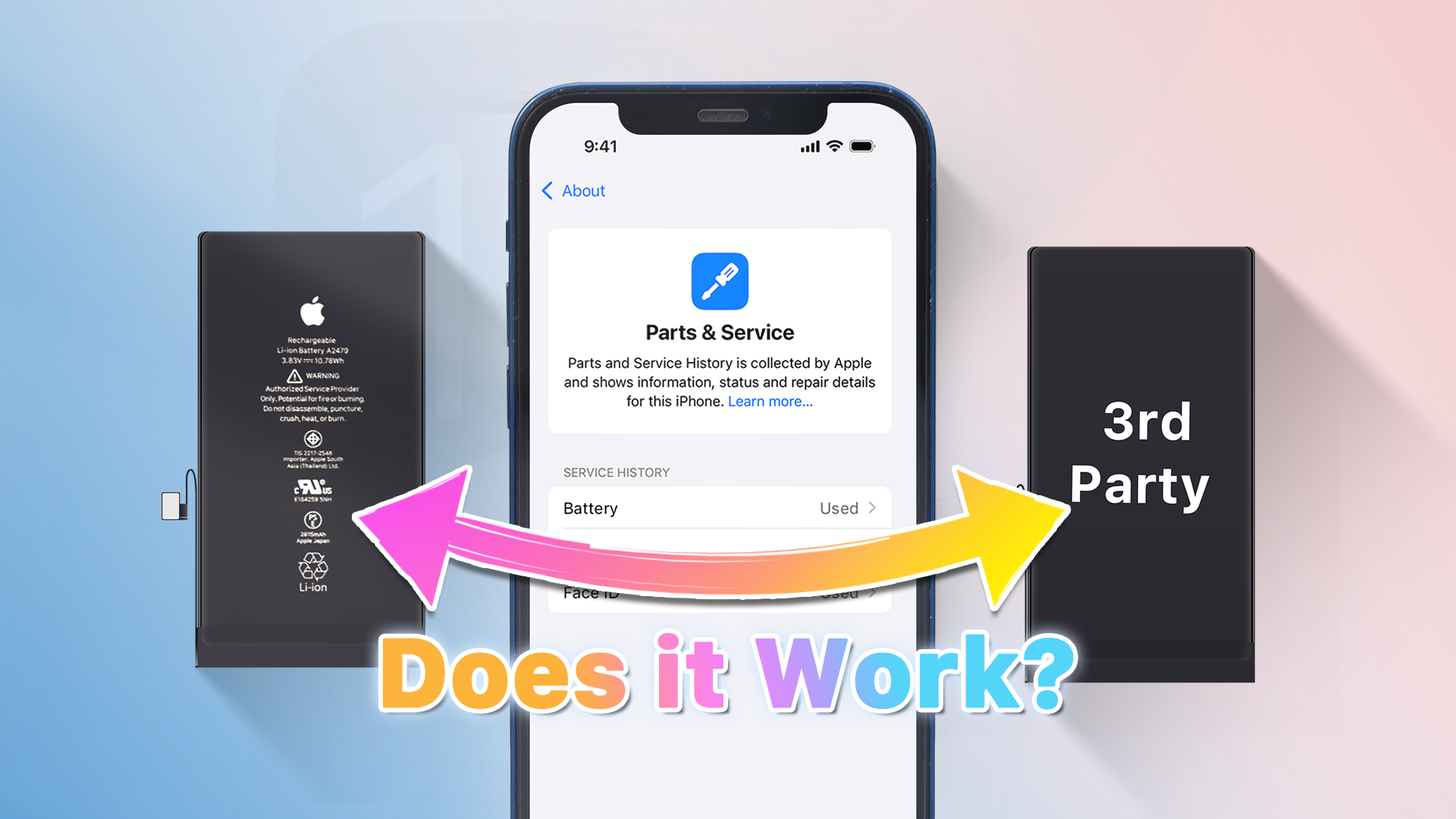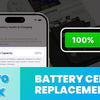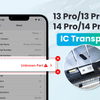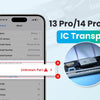iOS 18 and Battery Compatibility: What Repair Technicians Need to Know

With each new iOS update, the repair industry watches closely to understand how changes might affect the repair process. The latest iOS 18 update, with its new "Repair Assistant" feature, has introduced significant changes to how repairs are completed—including battery replacements. We’ve conducted a series of tests to see how different types of batteries perform with this new software. Our tests examined four different battery types:
- OEM new battery
- OEM used (pulled) battery
- Third-party battery (REPART battery)
- REPART battery cell (with BMS board swap)

Here's what we learned after testing these battery types.
iOS 18 and Repair Assistant: What Repair Technicians Need to Know
The introduction of the Repair Assistant in iOS 18 aims to streamline the repair process by integrating software diagnostics with hardware replacements. However, the changes aren’t as straightforward as one might hope, especially for repairs using third-party parts. This new feature brings both positive and challenging implications depending on the type of battery used.

OEM New Battery: A Seamless Replacement
When installing a new OEM battery, running Repair Assistant is necessary to complete the pairing process. The new OEM battery pairs smoothly with iOS 18. The iPhone recognizes the battery without any issues, and there is no "Unknown Part" message. The service history logs the battery as a used part. The battery health displays 100%, reflecting full compatibility and proper functionality with no restrictions.

OEM Pulled Battery: Similar Results with Health Reflecting Usage
An OEM pulled battery replacement produces results similar to a new OEM battery. The Repair Assistant successfully pairs the battery, and the device shows a service history entry. However, the battery health reflects the actual condition of the used battery, instead of 100%. This is expected, as the health is dependent on its previous usage, but otherwise, the battery integrates perfectly with iOS 18.
REPART Replacement Battery: Unknown Part Message Persists
The REPART replacement battery faces limitations similar to those encountered in previous iOS versions. The Repair Assistant does not allow the third-party battery to pair with the device, displaying a prompt indicating that the part is not functioning as expected, even though the battery works properly. An "Unknown Part" message appears, and the maximum capacity of the battery is not shown. Unfortunately, iOS 18 continues to restrict third-party batteries from being fully recognized by the system.

However, our tests on iOS 18.1 beta revealed that the battery health is displayed for the REPART battery. While this has yet to be confirmed in the final release, it gives us hope that Apple may be loosening its restrictions on third-party batteries.
REPART Battery Cell with BMS Board Swap: No Unknown Part Message, 100% Battery Health

A BMS board swap from the original OEM battery to a REPART battery cell together with a flashing bypasses the need for the Repair Assistant. The iPhone recognizes the battery without displaying an "Unknown Part" message or service history entry, and the battery health is recalibrated to 100%. This workaround enables third-party battery cells to function without restriction. It’s important to note, however, that before performing the BMS swap, the native battery must be reinstalled and paired using Repair Assistant to avoid leaving a service history entry.

iOS 18: Progress Made, Yet Third-Party Battery Restrictions Remain
iOS 18 has loosened the restrictions on independent repairs. OEM new and pulled batteries paired well with Repair Assistant, showing service history and battery health. However, third-party batteries, including REPART batteries, are still flagged as Unknown Parts with no battery health displayed.
REPART will continue to monitor new iOS releases and their impact on battery replacements.




